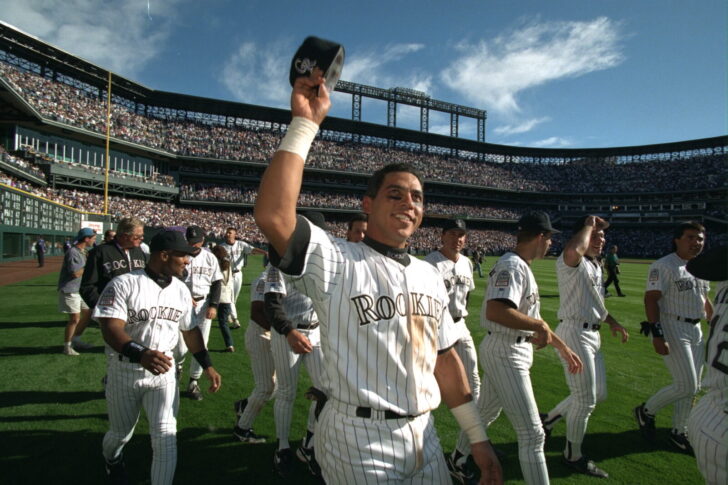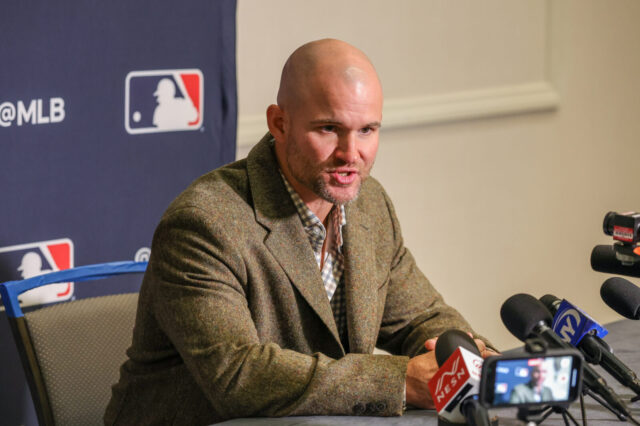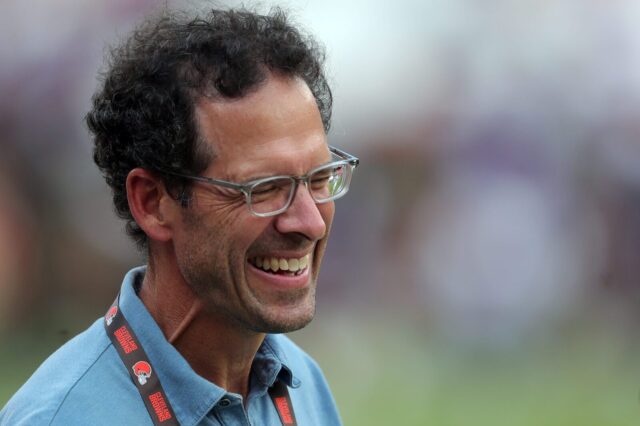When Andres Galarraga joined the inaugural Colorado Rockies in 1993, he was far from the superstar he was about to become.
At 32-years-old, he had played in 942 games for Montreal and St. Louis and posted a slashline of .267/.322/.432 for a 109 OPS+, leading the league in strikeouts three times.
He did have one fantastic campaign for the Expos in 1988, finishing seventh in MVP voting, but was declining so much in the following years that, after being traded to the Cardinals and playing just one season, he was simply granted free agency.
For the three seasons prior to coming to Colorado, he ranked below the league average on offense but a transition to a now-famous wide-open stance would see Galarraga experience a renaissance in Denver.
Over the course of his five-year Colorado Rockies career, he would play in 679 games, hit .316/.367/.577 put up 14.5 Wins Above Replacement, becoming a part of the most indelible group in franchise history: the Blake Street Bombers.
Before Coors Field, when the team was still sharing facilities with the Denver Broncos over at Mile High Stadium, Galarraga made the absolute best of first impressions establishing a number of important traditions.
He became the poster child for hitters who find new life in purple pinstripes, winning the first of 11 batting titles for the franchise by putting up a monster of a .370 batting average.
He on-based .403 and slugged .602 to go with that, giving him an OPS of 1.005 and an OPS+ of 150.
His previous high in OPS was .893 and his average was .754.
Oddly enough, he “only” hit 22 home runs that season, his low mark in Colorado by nine.
In 1996 he led the league in home runs and RBI, in ‘97 he repeated the feat for the runs batted in, but never was he more efficient at the plate than in that magical first season.
Galarraga would finish in the Top 10 in MVP voting four times while in a Rockies uniform. He hit 172 home runs, placing him ninth all-time and that .316 batting average has him tied for third place with Dante Bichette and Todd Helton.
Whether they saw it happen live or have only heard stories passed down through time, Rockies fans will forever remember the legend of the Big Cat.



